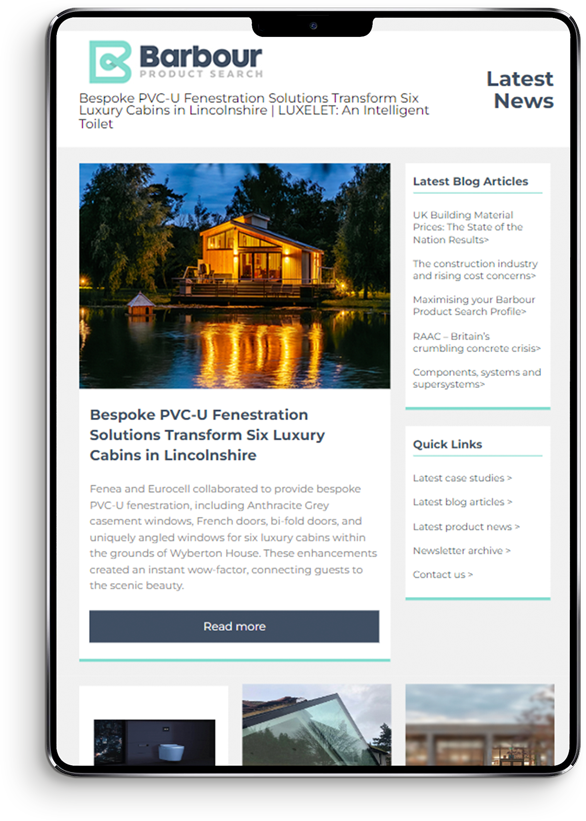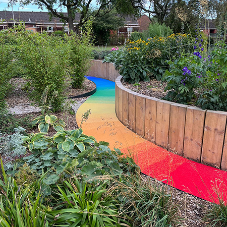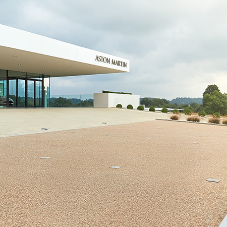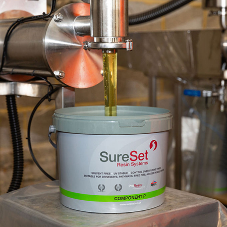The inclusion of ramps and accessible pathways, into all landscape/garden designs is becoming increasingly popular!
Suitable materials
Whatever surface material you choose, it should have a firm and specified sub-base with obvious edges and a slip resistant finish.
Resin bound aggregate - a popular choice.
An option often used as and accessible and environmentally friendly surface choice. It is durable, low maintenance and can be guaranteed up to 21 years.
Accessible width and gradient.
Surfaces that include a gradient are potentially hazardous, so it is essential that the width and gradient is considered together. Sometimes a slightly steeper gradient over a shorter distance can be more acceptable than a gentler gradient over a longer distance.
You should aim to make the surface as level as possible with a gradient no greater than 1:12 (i.e., for every 1.2 metres, the path has risen no more than 10 cm).
When designing a footpath avoid sharp turns and right angles, provide level resting platforms every 30m for sustained gradients of more than 1:20.
Things to consider…
• Windows that open outwards over a footpath
• Are handrails or kerbs needed?
• Does the area need to be lit?
• Extra frost protection can be provided with an overhead canopy or under pathway heating.
• If the surface is not fully permeable, any ramps or accessible pathways need a slight cross-fall to allow water to drain away. This will minimise puddles and ice.
• Regular maintenance is important to ensure that surface remains usable and safe.
• To make sure there is level access to the garden or landscaped area.
• Consider the approach to the ramp or footpath, which should be made apparent. This can be done using different textures or contrasting colours of paving material.
Contact SureSet Resin Systems about resin bound paving for communal areas. They have plenty of case studies of therapy and sensory gardens, communal spaces and more at www.sureset.co.uk
Accessible Resin Bound Paving for Communal Spaces
| T | +44 (0)1985 841 180 |
|---|---|
| E | sales@sureset.co.uk |
| W | Visit SureSet Resin's website |
| 32 Deverill Road Trading Estate, Sutton Veny, Warminster, Wiltshire, BA12 7BZ |
Products by this Company
Categories
Paving




